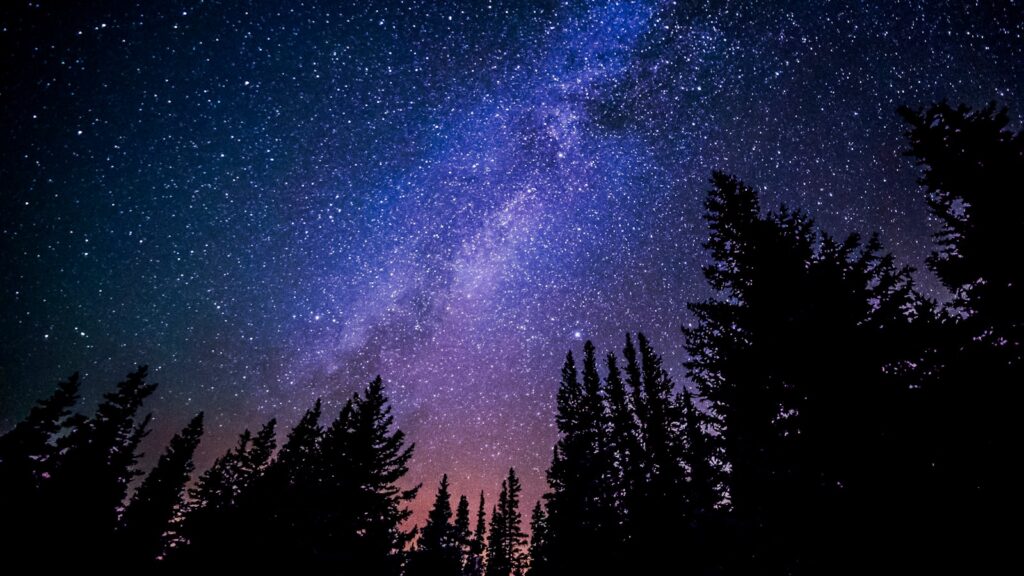
You know how sometimes you’re just looking for your keys and then you find that lost sock you’ve been missing for weeks? Well, imagine that, but on a cosmic scale! The universe, in all its majestic glory, often keeps its biggest secrets tucked away, only to reveal them when we’re looking for something entirely different. It’s like the cosmos itself loves a good plot twist, throwing in unexpected characters and dramatic reveals just when we least expect them!
For centuries, astronomers have meticulously scanned the skies, patiently piecing together the grand tapestry of our universe, star by star, galaxy by galaxy. Their dedicated pursuits have unveiled countless wonders, pushing the boundaries of human knowledge. Yet, here’s a mind-blowing truth: some of the most profound, jaw-dropping discoveries weren’t found by intentional searching, but by pure, unadulterated chance! That’s right, sometimes the biggest “Eurekas!” in space science come from a happy accident, a stray signal, or a forgotten experiment, proving that serendipity is a powerful force even in the vastness of space.
We’re about to dive into a universe of unexpected delights, exploring some truly wild tales of cosmic serendipity. These are the moments when humanity peered into the void and stumbled upon something utterly extraordinary. Get ready, because these stories prove that sometimes, the best discoveries are the ones you never saw coming, and they’re often the most thrilling! From new types of stellar explosions to mysterious galactic phenomena, prepare to be amazed by the universe’s knack for surprise.
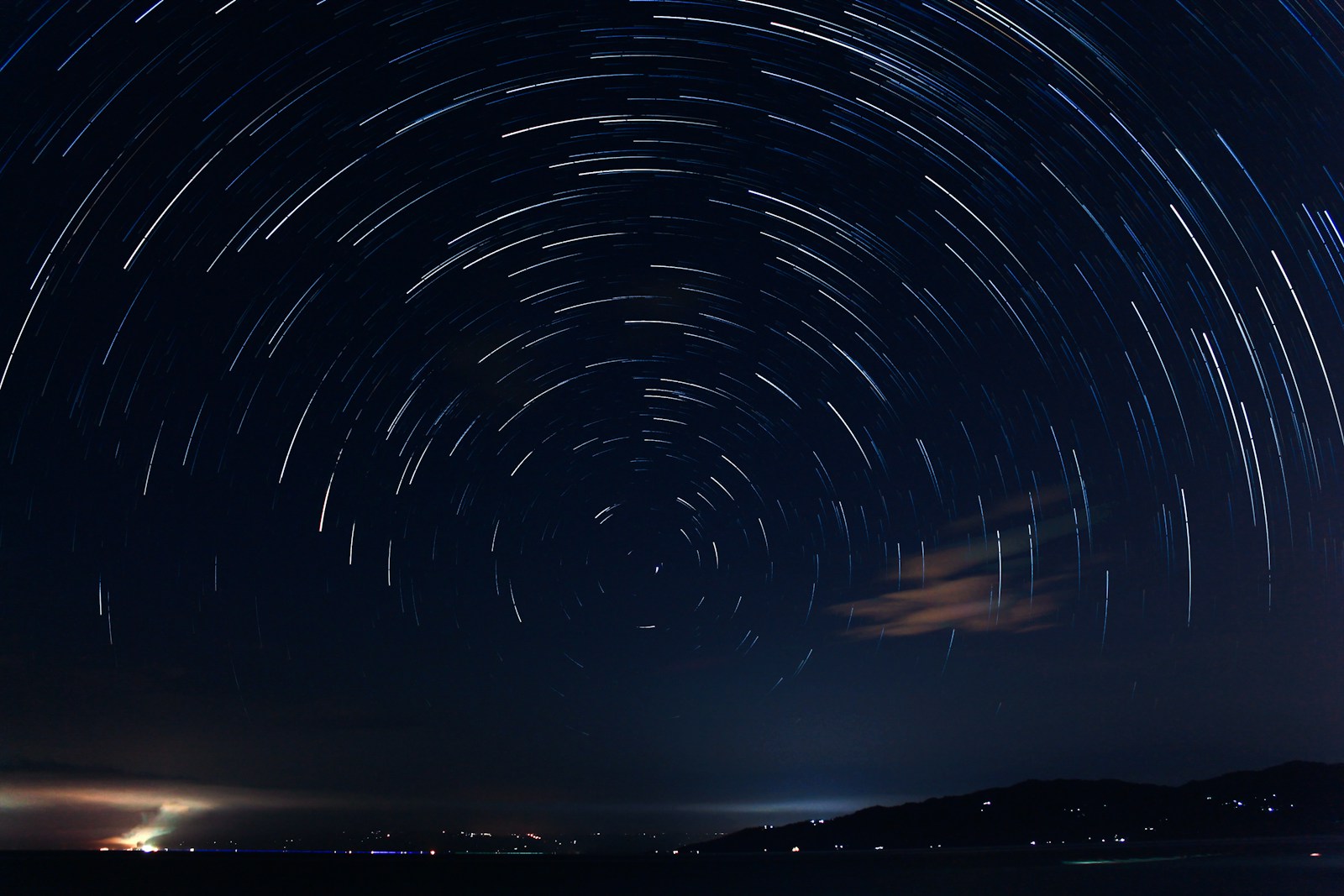
1. **Millinovas – The X-Ray Blasters We Never Knew Existed** Imagine looking for a needle in a haystack and finding a whole new type of super-powered magnet instead! That’s pretty much what happened when scientists stumbled upon “millinovas” – a term that’s about to become your new favorite cosmic explosion. Before this chance discovery, astronomers thought they had a pretty good handle on stellar explosions. But the universe, as it often does, had other plans for our understanding of cosmic fireworks.
This incredible discovery wasn’t the result of a targeted hunt for new X-ray sources. Nope, a team of astronomers was actually sifting through two decades’ worth of data from the Optical Gravitational Lensing Experiment (OGLE). Their primary mission? To unearth “long-duration, light-curving ‘gravitational microlensing events'” which could signal the presence of those elusive “primordial black holes” lurking in the Milky Way’s dark matter halo. Talk about a completely different quest, and an unexpected detour!
As team member and University of Warsaw scientist Przemek Mróz eloquently put it to Space.com, “We came across a group of outbursting variable stars exhibiting very characteristic triangle-shaped symmetrical outbursts that did not resemble any previously known variable stars.” And the kicker? “We found this new group of stars by chance.” Their initial goal of finding primordial black holes didn’t pan out, which might ordinarily have been a disappointment. Instead, this fortunate turn of events led to the unearthing of an entirely new class of stellar X-ray sources – the magnificent millinovas (or, for the purists, “millinovae”).
These stellar fireworks were unlike anything seen before. Their light output defied resemblance to any previously cataloged cosmic explosion. While the exact mechanism for generating their X-rays is still a bit of a cosmic mystery, scientists theorize that millinovas occur when “dead remnant stars called white dwarfs feed off a swelled-up companion star.” The OGLE data highlighted several objects in the Large Magellanic Cloud (LMC) and the Small Magellanic Cloud (SMC) that brightened dramatically – by 10 to 20 times – over a few months. Some even displayed repeated explosive outbursts every few years, while others only put on a show once during the observation period. It’s a testament to the fact that sometimes, the universe just drops a whole new phenomenon right in your lap when you’re busy looking for something else. What a cosmic surprise!

2. **ASASSN-16oh – The O.G. Millinova, Discovered Before It Was Cool** Every new phenomenon has a ‘first time’ moment, and for millinovas, that moment likely came in 2016 with an event initially dubbed ASASSN-16oh. Think of it like this: you’ve been hearing this cool new song on the radio for years, and then suddenly, everyone’s calling it a new genre. That’s essentially what happened with ASASSN-16oh – it was an oddball explosion detected by the All-Sky Automated Survey for Supernovae (ASASSN), but it didn’t quite fit into the neat boxes of known cosmic outbursts.
For years, ASASSN-16oh stood as a strange, seemingly unique cosmic explosion. It was an anomaly, a one-off that puzzled astronomers because its characteristics didn’t neatly align with any established categories of stellar activity. Researchers even called it “a strange and, until now, seemingly unique cosmic explosion.” Fast forward to the recent serendipitous discovery of other millinovas, and suddenly, the pieces started clicking into place. The distinctive light output and X-ray signatures of the newly identified millinovas bore a striking resemblance to this peculiar 2016 event.
As Przemek Mróz of the University of Warsaw team clarified, “We believe OGLE-mNOVA-11, ASASSN-16oh, and the other 27 objects form a new class of transient X-ray sources.” This re-classification means that ASASSN-16oh wasn’t just a random outlier; it was the trailblazer, the event that unknowingly paved the way for the recognition of an entirely new stellar class. It’s a fantastic example of how sometimes, a discovery isn’t about finding something entirely new, but about re-interpreting existing data through a fresh, unexpected lens. The universe loves its puzzles!
This retrospective identification of ASASSN-16oh as a millinova underscores a fascinating aspect of scientific progress: sometimes the universe presents us with clues long before we have the framework to understand them. The data was there, the observations were made, but the context was missing. Only after the chance discovery of other similar events did ASASSN-16oh find its true home, cementing its place as the first-known (if not first-understood) member of the millinova family. It makes you wonder how many other “unique” events in astronomical archives are just waiting for a new discovery to give them a proper name! What other cosmic secrets are hiding in plain sight?
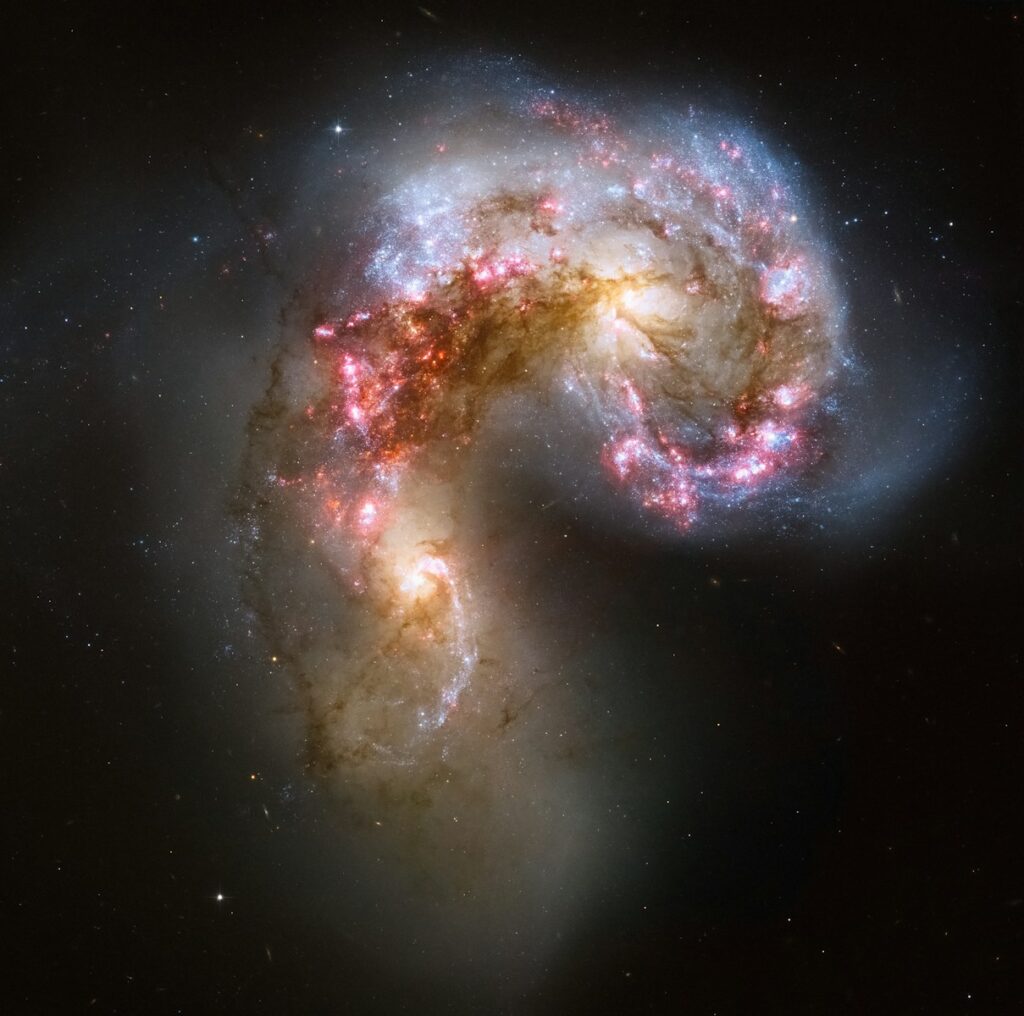
3. **GOTO0650 – The Citizen Science Superstar Born from a “Spot the Difference” Game** Who knew that playing a cosmic “spot the difference” game could lead to groundbreaking astronomical discoveries? Well, the universe did, apparently! The story of GOTO0650 is a dazzling testament to the power of citizen science and the unexpected ways in which stars, both celestial and human, can align to reveal hidden wonders. This isn’t just about professional astronomers in labs; this is about everyday people making monumental contributions to our understanding of the cosmos, proving that anyone can be a stargazer with a purpose.
GOTO0650, a fascinating “cataclysmic variable star” in its rare “period bouncer” phase, was brought to light through the Kilonova Seekers project. This innovative initiative cleverly invited volunteers – that’s right, ordinary folks like you and me – to act as cosmic detectives, poring over images of the night sky to identify subtle changes. It’s the ultimate interactive game, where the stakes are genuine scientific breakthroughs! And boy, did those volunteers deliver, turning a fun activity into a monumental scientific achievement.
The stars truly aligned when GOTO0650 experienced a dramatic increase in brightness, surging by approximately 2,500 times its previous luminosity. This phenomenal flare didn’t escape the keen eyes of the Kilonova Seekers volunteers. Their rapid identification was absolutely crucial, allowing professional astronomers to swiftly classify this unique object as a cataclysmic variable star. According to Tom Killestein, a researcher at the University of Warwick and co-leader of the project, “Without the Kilonova Seekers volunteers flagging this object, rapid follow-up would not have been possible, and this object may have been missed entirely.” Just think about that – a major stellar phenomenon could have been overlooked if it weren’t for the dedication of a crowd of amateur stargazers!
The excitement didn’t stop there. Following its initial outburst, GOTO0650 put on an encore, generating “echo outbursts” on Christmas Day and New Year’s Day. These additional flares provided invaluable insights into the star’s unique behavior, adding layers of intrigue to the research. These unexpected events underscore the unpredictable nature of cataclysmic variables, making rapid response from both citizen scientists and observatories even more critical for capturing these fleeting phenomena.
For volunteers like Svetoslav Alexandrov, the discovery was more than just science; it was a deeply personal triumph. He “literally screamed with joy when I saw that I was going to be a co-author of the research paper.” He didn’t care about raised eyebrows from passersby, knowing he was “a co-discoverer of something significant.” “Even from your bed, or on the street with your cell phone,” Alexandrov shared, “there is the possibility of making a very important discovery.” It’s a powerful reminder that the next big cosmic secret could be just a click away, waiting for any of us to spot it.

4. **ASKAP J1832−091 – The Unprecedentedly Synchronized X-Ray and Radio Emitter** Imagine tuning into two different radio stations, one for X-rays and one for radio waves, and finding them playing the exact same song at the exact same rhythm, for no apparent reason! That’s the bizarre, unprecedented discovery scientists made with ASKAP J1832−091, an object so weird it’s forcing astronomers to rethink what’s even possible in our galaxy. This wasn’t a planned observation of a new phenomenon; it was a pure, unadulterated cosmic ambush!
This highly unusual object, situated approximately 15,000 light-years away in a dense, star-rich region of the Milky Way, emits both X-rays and radio waves in a synchronized cycle, repeating roughly every 44 minutes. This regular, coordinated burst pattern is, quite simply, “a pattern never observed before in any known Galactic object.” Think about that for a second – in a universe teeming with billions of stars and countless strange phenomena, this one is utterly unique, a true outlier in the cosmic dance!
The detection itself was a stroke of incredible luck. NASA’s Chandra X-ray Observatory, a marvel of space-based astronomy, was actually busy observing a *nearby supernova remnant* in 2023. It wasn’t looking for mysterious synchronized emissions from an unknown source. But during this period, ASKAP J1832−091 suddenly entered a “hyperactive state” that lasted about a month, blasting out strong signals before going silent again. This fortuitous timing meant that Chandra was in precisely the right place at precisely the right time to catch this cosmic anomaly in action, a truly lucky cosmic photobomb!
As lead researcher Ziteng Andy Wang from Curtin University emphasized, detecting X-rays from such a “long-period radio transient” is “a first” and represents a massive leap forward in understanding these elusive phenomena. The object’s peculiar behavior challenges long-standing theories and hints that many more such objects could be lurking undetected in the galaxy. While the object *could* be a highly magnetized dead star, like a neutron star or white dwarf, researchers are also openly admitting that it might just be “an entirely new and exotic class of object.” The sheer unexpectedness of ASKAP J1832−091 means existing astrophysical classifications might need a serious update. It’s a compelling reminder that the universe still holds countless surprises, and sometimes, those surprises just pop up when you’re looking the other way, eager to make their grand entrance.

5. **The ‘Little Red Dots’ That Are Actually Cosmic ‘Universe Breakers’** Just when you thought the universe couldn’t get any weirder, along comes the James Webb Space Telescope (JWST) with a mind-blowing revelation! When this cosmic marvel first opened its golden eyes in 2022, astronomers were ready for surprises, but what they actually stumbled upon were tiny, enigmatic crimson sparks, scattered across the earliest reaches of time. These aren’t just pretty specks; these “little red dots” are so baffling they seemed to defy everything we thought we knew about galaxies, stars, and even black holes! Imagine looking at the universe’s baby pictures and finding something that absolutely shouldn’t be there – that’s the kind of cosmic head-scratcher Webb delivered.
The JWST is truly humanity’s most powerful space observatory, designed to capture the faint infrared light that has traveled billions of years to reach us, essentially offering us a cosmic time machine. In its initial data, these peculiar red dots immediately caught researchers’ attention. At first glance, they appeared to be massive galaxies, already in existence just 500 to 700 million years after the Big Bang. But here’s the kicker: this simply didn’t make sense! Our best models suggest the early universe was a chaotic nursery, where galaxies were only just beginning to form. Mature, massive galaxies were expected to take billions of years to assemble, so these objects shouldn’t have been there, leading the team to jokingly call them “universe breakers.” As scientists continued to pore over the data, the sheer brightness and compactness didn’t quite add up to traditional galaxies, hinting at something far stranger than just impossibly dense star clusters.
By 2024, after intense Webb observations, an international research team proposed a radical new explanation: what if these little red dots weren’t galaxies at all? Instead, they could represent an entirely new class of cosmic object: “black hole stars.” This isn’t a normal star, but rather a supermassive black hole forming incredibly early in the young universe, pulling in vast amounts of gas. This inflowing material heats up dramatically, forming a dense, glowing atmosphere around the black hole itself. To an observer, it would appear strikingly similar to a star – a gigantic sphere of gas radiating light. But unlike our sun, its core isn’t a nuclear furnace; it’s a black hole, voraciously swallowing matter and emitting radiation. And here’s the cool part: the gas around these black hole stars glows with surprisingly *cool*, red light, perfectly tuned for Webb’s infrared vision, making these distant, faint signals stand out like cosmic beacons!
Among the many red dots studied, one named “The Cliff” became the poster child for this potential new class. Its light, traveling nearly 12 billion years, revealed immense mass, far too much for normal stars in a young galaxy. The data strongly pointed toward a supermassive black hole shrouded in a cocoon of hydrogen gas, glowing faintly red. If these black hole stars are real, they could finally solve one of astronomy’s biggest puzzles: how did supermassive black holes form so early? This model suggests that these red dots are the “baby pictures” of today’s cosmic giants – newborn supermassive black holes rapidly gaining mass, with galaxies potentially forming *around* them, a radical reversal of our traditional cosmic evolution picture! While this discovery is still somewhat tentative, it powerfully illustrates Webb’s capacity to force scientists to rethink and rewrite entire chapters of cosmic history.
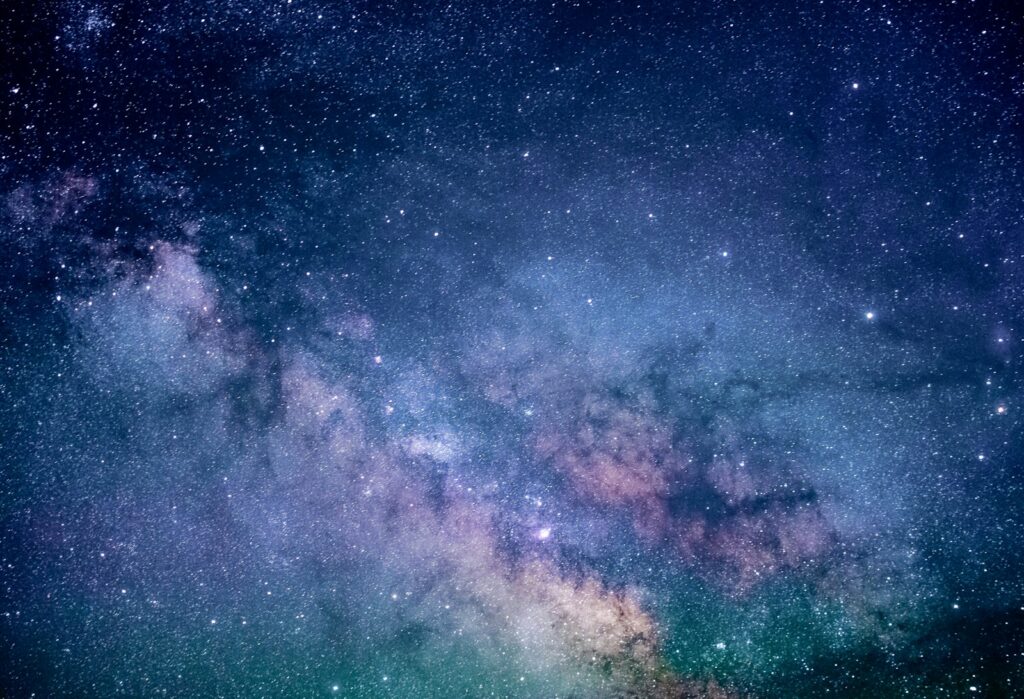
6. **Silane in a Brown Dwarf: The Accidental ‘Chemical Anomaly’** Imagine peering into the depths of space and finding a chemical that simply shouldn’t be there, like discovering a pineapple on Mars! That’s precisely what happened with the unexpected detection of silane (SiH4) in a distant brown dwarf, affectionately nicknamed “The Accident.” This discovery wasn’t a targeted search for silicon-hydrogen compounds; it was another happy cosmic accident that has scientists scratching their heads and rewriting their atmospheric chemistry textbooks for stellar objects.
So, why on Earth (or rather, beyond Earth) was silane found in “The Accident”? The study authors have a compelling theory: they surmise it’s because far less oxygen was present in the universe when this ancient brown dwarf first formed. This resulted in less oxygen in its atmosphere to “gobble up” all the available silicon. With less oxygen around to bond with, the silicon instead bonded with hydrogen, forming silane. It’s a cosmic tale of elemental availability shaping atmospheric composition in the most unexpected ways!
Peter Eisenhardt, project scientist for the WISE (Wide-field Infrared Survey Explorer) mission, later repurposed as NEOWISE, perfectly captured the spirit of this serendipitous find. He confessed, “We weren’t looking to solve a mystery about Jupiter and Saturn with these observations.” He went on to explain, “A brown dwarf is a ball of gas like a star, but without an internal fusion reactor, it gets cooler and cooler, with an atmosphere like that of gas giant planets. We wanted to see why this brown dwarf is so odd, but we weren’t expecting silane. The universe continues to surprise us.” This honest admission highlights how often profound scientific breakthroughs emerge from side quests and unexpected detours, proving that sometimes, the best discoveries are the ones you didn’t even know you were looking for!
Brown dwarfs, often dubbed “failed stars,” are incredibly valuable celestial laboratories. They are generally easier to study than gas giant exoplanets because the light from a faraway planet is typically drowned out by the intense glare of the star it orbits. Brown dwarfs, however, usually fly solo, making their atmospheric compositions much clearer to observe and analyze. The lessons learned from these fascinating objects extend far beyond their individual quirks, offering crucial insights into all kinds of planets, including those outside our solar system that might harbor potential signs of habitability. It’s like finding a key that unlocks a whole new set of doors!
While the discovery of silane in a brown dwarf certainly doesn’t mean we’re about to find alien life, it’s a monumental step in preparing future generations of scientists for the complex challenges of exoplanet characterization. As Faherty succinctly put it, “To be clear, we’re not finding life on brown dwarfs.” But she emphasized the bigger picture: “at a high level, by studying all of this variety and complexity in planetary atmospheres, we’re setting up the scientists who are one day going to have to do this kind of chemical analysis for rocky, potentially Earth-like planets.” She added that these future researchers will undoubtedly “get data that is complicated and confusing and doesn’t fit their models, just like we are. They’ll have to parse all those complexities if they want to answer those big questions.” This unexpected silane detection is a fantastic example of how unexpected observations now pave the way for understanding even more profound mysteries later. The universe is truly an incredible teacher, always throwing us curveballs!
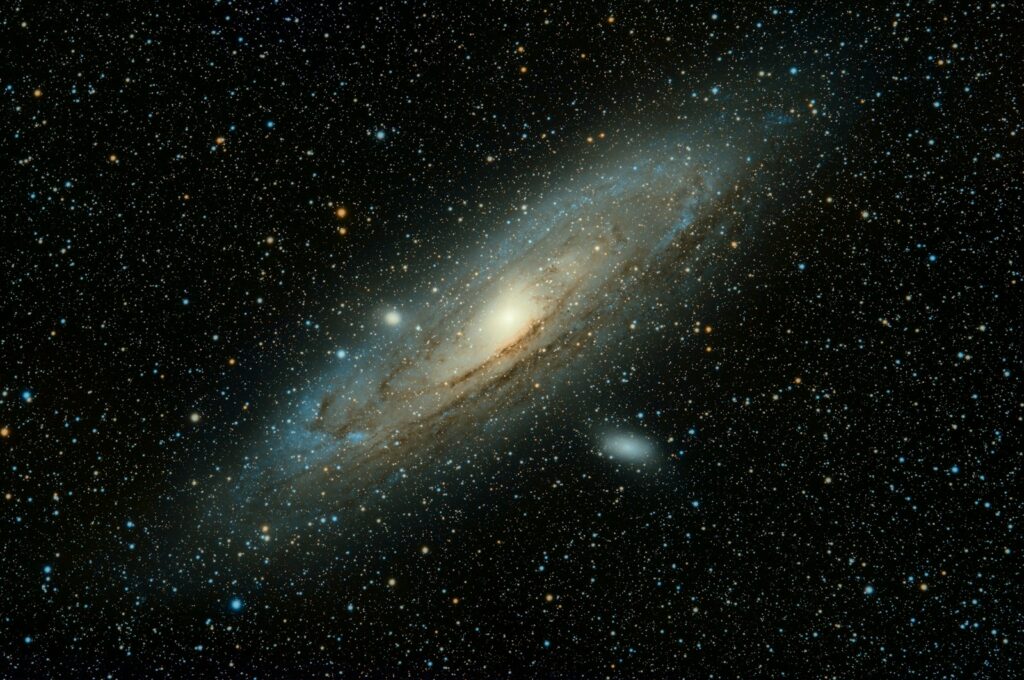
7. **The Big Bang Theory: How Serendipity Shaped Our Cosmic Origin Story** You know the Big Bang theory – the monumental scientific explanation for how our universe began, an event that birthed everything from the smallest subatomic particles to the grandest galaxies. It’s a cornerstone of modern cosmology, yet, in a fascinating twist of fate, the path to its widespread acceptance and detailed understanding was significantly paved by a good old dose of serendipity! That’s right, even our cosmic origin story owes a nod to unexpected circumstances, proving that sometimes, the biggest breakthroughs aren’t meticulously planned, but rather stumbled upon.
The context explicitly lists the theory of the Big Bang as one of those “ideas” that were “helped by luck in some way.” While the specific, dramatic details of its accidental discovery aren’t laid out for us, this inclusion speaks volumes about the pervasive role of chance in even the most fundamental scientific frameworks. It reminds us that scientific progress isn’t always a straight line from hypothesis to confirmation. Often, it involves unexpected observations, misinterpreted data, or even equipment glitches that, when viewed through the lens of genius and preparation, reveal profound truths. As Royston Roberts highlights, “various discoveries required a degree of genius, but also some lucky element for that genius to act on.”
Richard Gaughan further elaborates on this phenomenon, stating that accidental discoveries are born from “the convergence of preparation, opportunity, and desire.” Imagine the brilliant minds of the cosmologists grappling with theoretical models of a dynamic, expanding universe. They were prepared with their equations and their theories, driven by a desire to understand reality. Then, an “opportunity”—a chance observation or an unexpected piece of data—presented itself, perhaps initially appearing as noise or an anomaly. But because of their “preparation” and “desire,” these scientists were uniquely positioned to recognize the significance of that fortunate happenstance. This convergence transformed an unforeseen event into a pivotal piece of evidence, solidifying the Big Bang theory in a way that perhaps years of direct searching might not have achieved alone.
This isn’t to say that the Big Bang theory itself was a random guess; far from it. It was built on decades of theoretical work and observations like Hubble’s expanding universe. But the *confirmation* or a crucial piece of evidence, or even an unexpected avenue of investigation that led to its broader acceptance, often comes from those moments when the universe throws you a curveball. It’s a powerful testament to the idea that scientific exploration isn’t just about finding what you’re looking for, but also about having the openness and insight to recognize the value of what you *weren’t* looking for. The Big Bang’s journey from theoretical concept to widely accepted cosmological model is a brilliant example of how luck, combined with relentless intellectual pursuit, can illuminate the deepest secrets of existence.

8. **Radio Astronomy: Tuning In to the Universe by Chance** Before the advent of radio astronomy, our view of the cosmos was largely confined to what we could see with visible light. Telescopes focused on optical wavelengths, painting a beautiful but incomplete picture of the stars and galaxies. Then, in another glorious example of scientific serendipity, humanity gained a whole new “sense” for perceiving the universe – not through planned discovery, but through an unexpected encounter with cosmic radio waves! It’s like trying to find a treasure chest and accidentally stumbling upon a hidden, ancient radio station broadcasting from across the galaxy.
The context tells us that “radio astronomy” is one of those groundbreaking “ideas” that were “helped by luck in some way.” Just like the Big Bang theory, the specific tale of its accidental birth isn’t detailed in our given information. However, its inclusion in this elite list of chance discoveries strongly implies a profound moment of unplanned observation or an anomaly that fundamentally redirected scientific inquiry. Imagine a scientist working on something entirely different, perhaps trying to eliminate static from a communication system, only to find a persistent, mysterious hiss originating not from Earth, but from the vast emptiness of space itself. Such an unforeseen signal would have been the “lucky element” for a prepared mind to act upon.
Richard Gaughan’s insight that “accidental discoveries result from the convergence of preparation, opportunity, and desire” perfectly encapsulates how radio astronomy likely came into being. Scientists were already exploring new frontiers of electromagnetic radiation and developing sophisticated receivers. The “desire” to understand and harness these waves was there. Then, an “opportunity”—an unexpected signal or an anomalous reading—presented itself. A prepared researcher, attuned to the subtle whispers of the universe, would have had the “genius” to not dismiss this anomaly as interference, but to investigate its origin. This intersection of existing knowledge, a keen investigative spirit, and a stroke of cosmic luck would have been the spark that ignited an entirely new field of astronomical observation.
The emergence of radio astronomy, born from such chance circumstances, revolutionized our understanding of the universe. It opened up a whole new spectrum of information, allowing us to detect objects and phenomena invisible to optical telescopes, such as pulsars, distant quasars, and the cosmic microwave background radiation – itself a crucial piece of evidence for the Big Bang. This journey, beginning with an unexpected signal, transformed our cosmic perspective, demonstrating that sometimes, the universe doesn’t wait for us to point our gaze in the right direction. Instead, it sends out a signal, hoping we’re ready to listen, proving that some of the greatest scientific leaps begin not with a search, but with a happy accident and an open mind.
What an incredible journey through the universe’s most delightful surprises! From unexpected X-ray blasts of millinovas to the enigmatic ‘little red dots’ that might be black hole stars, and from finding strange chemicals in failed stars to the very foundations of cosmology and radio astronomy being laid by chance, these stories truly hammer home a powerful message. They remind us that the cosmos is an infinite well of wonders, constantly challenging our assumptions and rewarding our curiosity in the most unexpected ways. So next time you look up at the night sky, remember that sometimes, the greatest discoveries aren’t found through a diligent search, but by simply being open to the universe’s magnificent, accidental plot twists. Keep observing, keep questioning, and who knows what cosmic secret you might stumble upon next! The universe is always listening, and sometimes, it likes to shout out its secrets when you least expect it!




